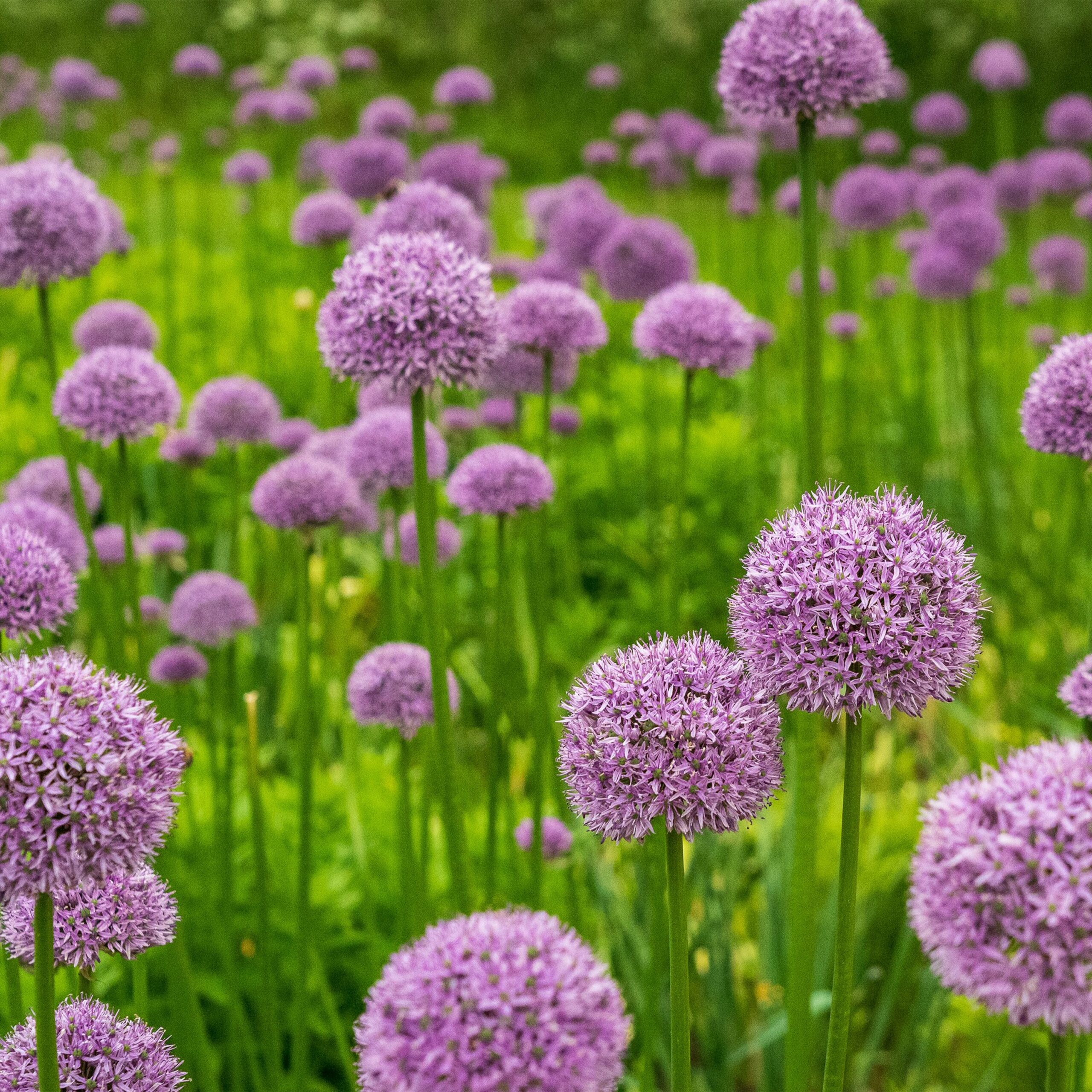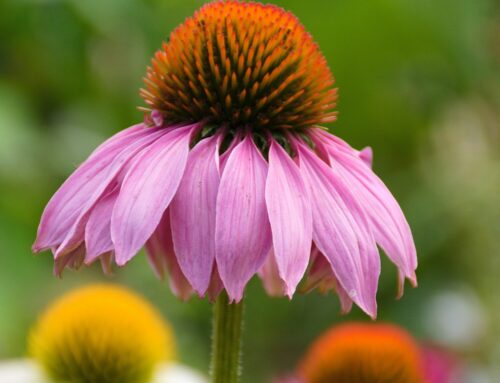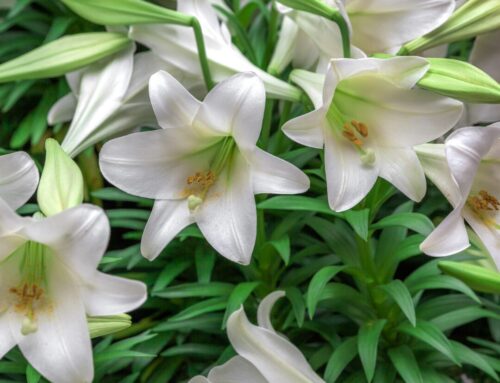Alliums, or ornamental onions, are an herb with tall, globe-like flowers in white, pink, yellow, blue, and purple. These flowers add a whimsical pop of color to the garden. Their smell makes them unattractive to deer, and their long bare stems make them a perfect addition to a cut garden.
- Botanical background:
- Ornamental onions make up only a small portion of the entire genus Allium, which includes onions, garlic, leeks, and chives
- Alliums have been cultivated long before their ornamental value was popularized
- Historic significance:
- Alliums date back to ancient Mesopotamia and Greece
- The bulbs were essential crops as they were easy to grow, easy to transport, and easy to cook
- Ornamental onions gained popularity briefly during the tulip mania in the 1630s
- Medicinal uses:
- Allium bulbs and leaves have been used to treat tuberculosis and colds
- Oil extracted from alliums has antibacterial properties
- Horticultural delight:
- Tall, leafless stems make alliums perfect for cut gardens
- Alliums bloom in late spring to early summer
- The flowers last up to four weeks depending on variety
- Landscape design:
- Allium flowers make a perfect spring and summer accent
- The plant can occupy full-sun gaps in the garden
- Cultivation and care:
- Ornamental onions need full sun, or the flowers may lean
- Deer and pests will generally avoid alliums, making it a great deterrent to protect other bulbs
- Environmental benefits:
- While the leaves and stems produce deterrent chemicals, the flowers are still attractive to pollinators
- Alliums are a great plant to support hummingbirds





